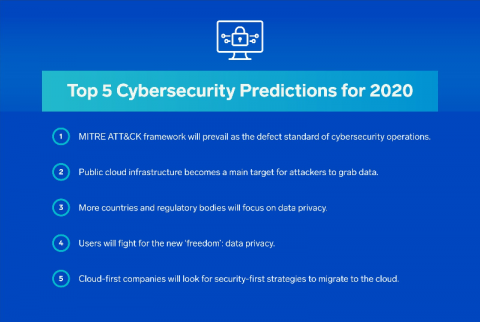10 ways to strengthen your organisation's cyber security in 2020
Cyber security was never far from the news in 2019, with high profile threats and breaches regularly hitting the headlines. As we enter 2020, the scale of the challenge facing business in all sectors continues to grow. Amid increasing pressure from industry regulators, it has never been more important for businesses to ensure they are taking proactive steps to improve their security posture and protect their data from cybercriminals.







